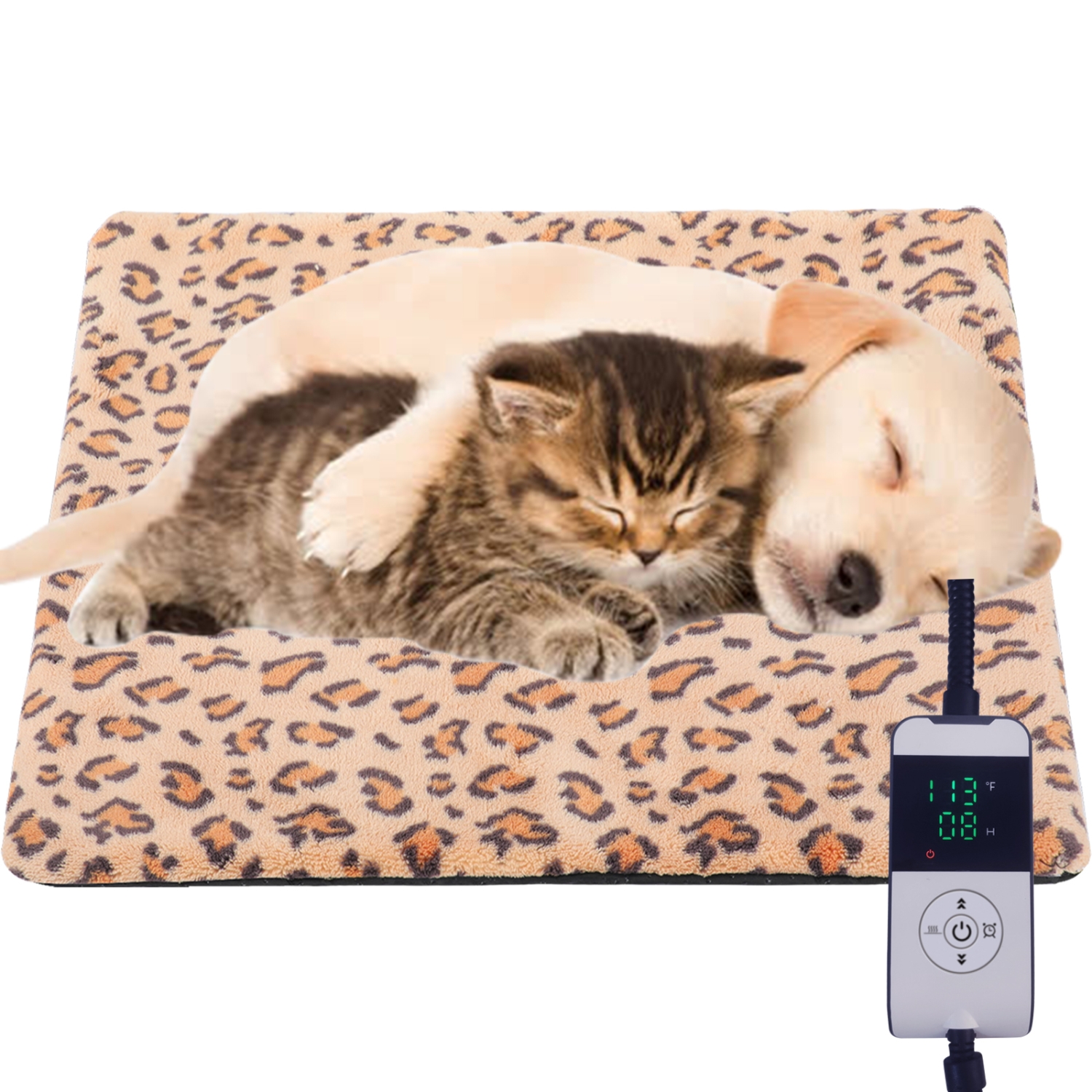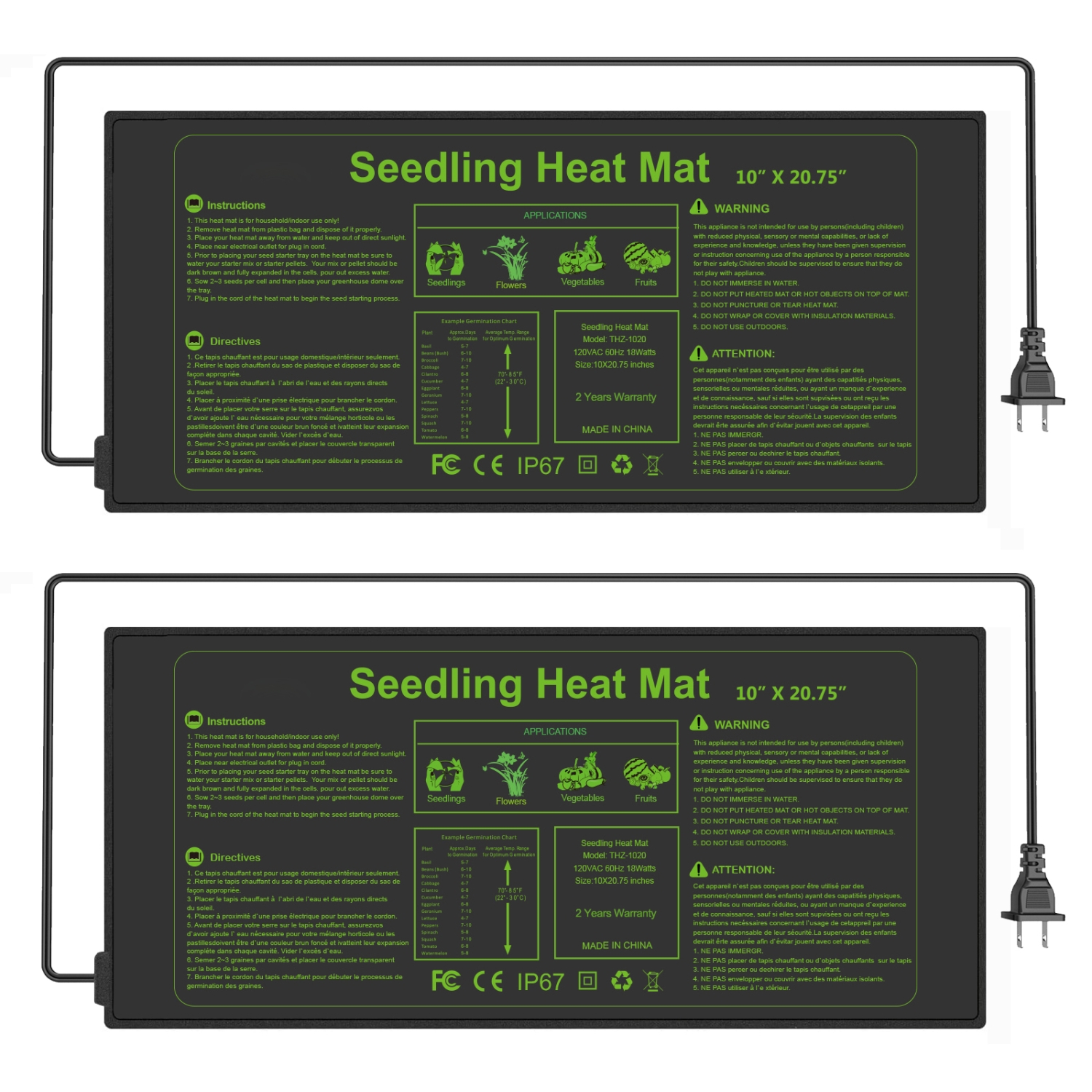Heating pads are a form of heat therapy to soothe muscle and joint aches and pains. They come in a variety of sizes, shapes, and heating mechanisms.
Quick links
- For an infrared heating pad: Thermotex Platinum Far Infrared Heating Pad – All Purpose
- For chemical heating pads: ThermaCare Heat Wraps
- For a gel heating pad: CLIK CLAK Reusable Heating Pads
- For an electric heating pad: GENIANI Extra Large Electric Heating Pad
- For a cordless heating pad: GoHeat Cordless Sunbeam Heating Pad
Heating pads offer topical heat therapy to different parts of the body. These products may help soothe aching muscles and joints and relieve pain.
Heating pads come in various sizes and types, including electric, infrared, chemical, and liquid or gel pads.
Heating pads provide a form of heat therapy. Applying heat to an area with inflamed joints or muscles can improve circulation since heat dilates the blood vessels.
How a heating pad works depends on its heating mechanism. The following are some common types of heating pads and how they work.
Electric
An electric heating pad uses internal coils to produce various levels of heat based on the user’s setting.
Though many models plug into a wall outlet, others use a battery pack for power. Battery-powered products may be more convenient for people who require a heating pad on the go. Many electric heating pads come with an automatic shut-off timer to prevent injury.
Infrared
Infrared heating pads also use electricity. However, infrared products convert electricity to infrared light, which produces heat. Older
Like electric heating pads, infrared may use battery packs or plug into a wall outlet. These products usually have features such as differing heat levels and automatic shut-off timers.
Chemical pads
Chemical pads rely on a chemical reaction to create temporary heat. Some chemical heating pads warm up automatically once a person exposes the product to air. Other products may involve squeezing the pad to release heat.
These pads are often available in packs and adhere directly to a person’s skin or clothing. Chemical heating pads are often single-use, and people will need to throw them away once they have cooled down.
Gels or liquid pads
Gel or liquid pads typically need heating in a microwave before they release heat. People can wear these pads inside clothing or directly on the skin, depending on the manufacturer’s instructions.
These products are often reusable. People will need to reheat the pads in a microwave before using them again.
Heat and cold therapy
Other
The increased blood circulation can also help reduce fluid retention and swelling, reducing any pain due to nerve compression.
Heat therapy may also help:
- chronic back pain
- back and neck spasms
- osteoarthritis
- strains or sprains
- tendonitis
- warming up stiff muscles before activity
A person should not use heat therapy if:
- the affected area is warm to the touch
- they have an open wound
- they have nerve damage in the area




